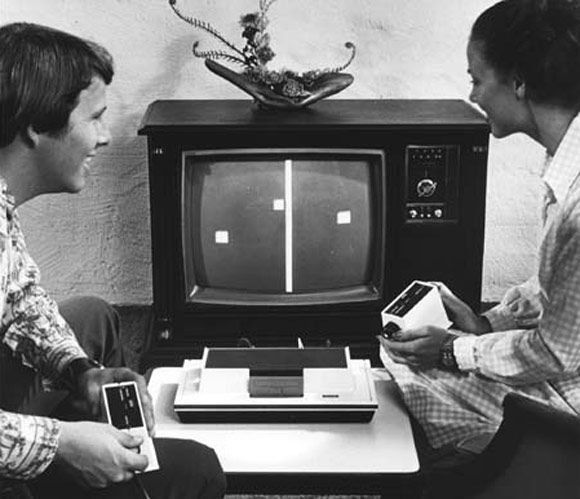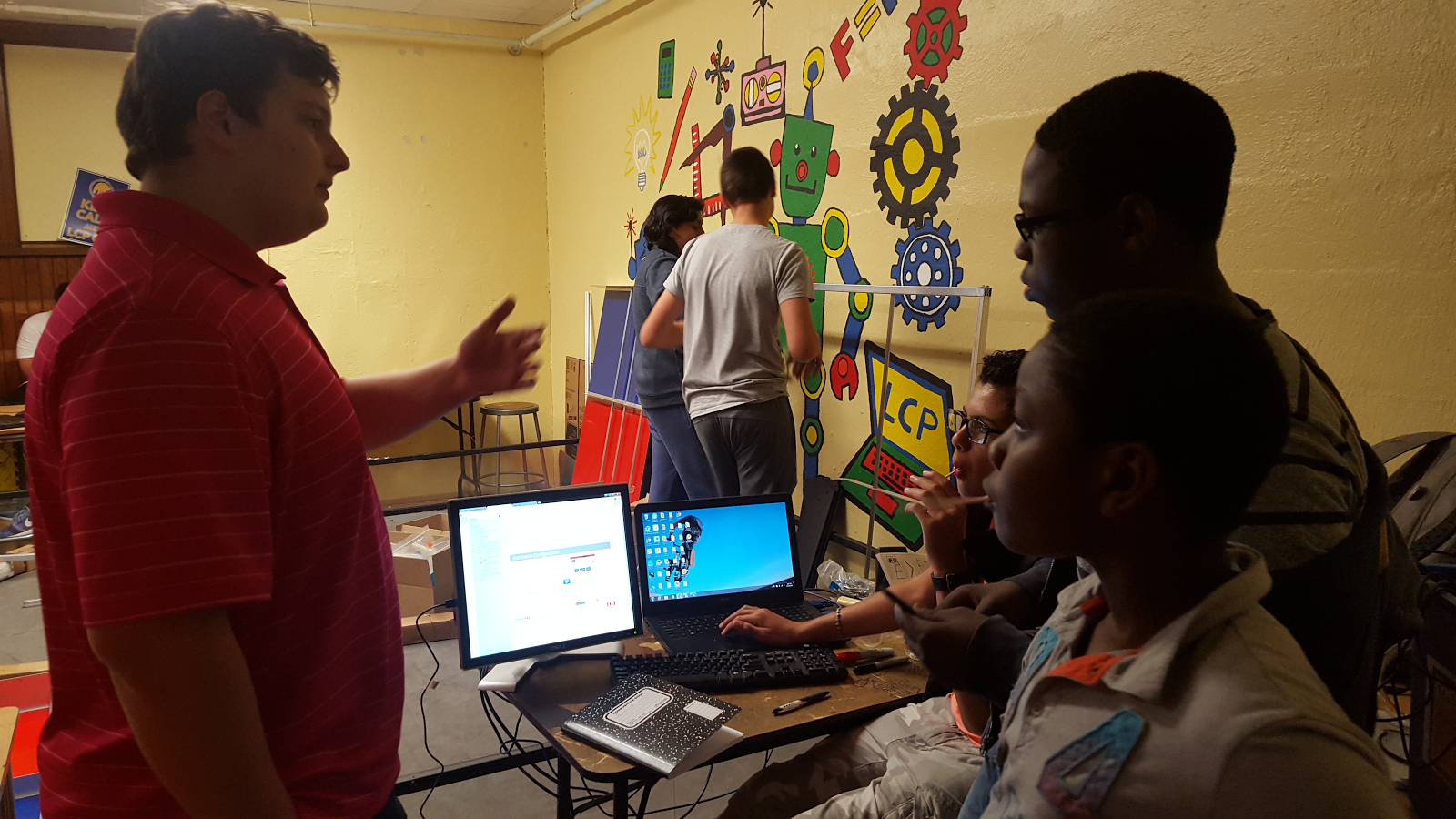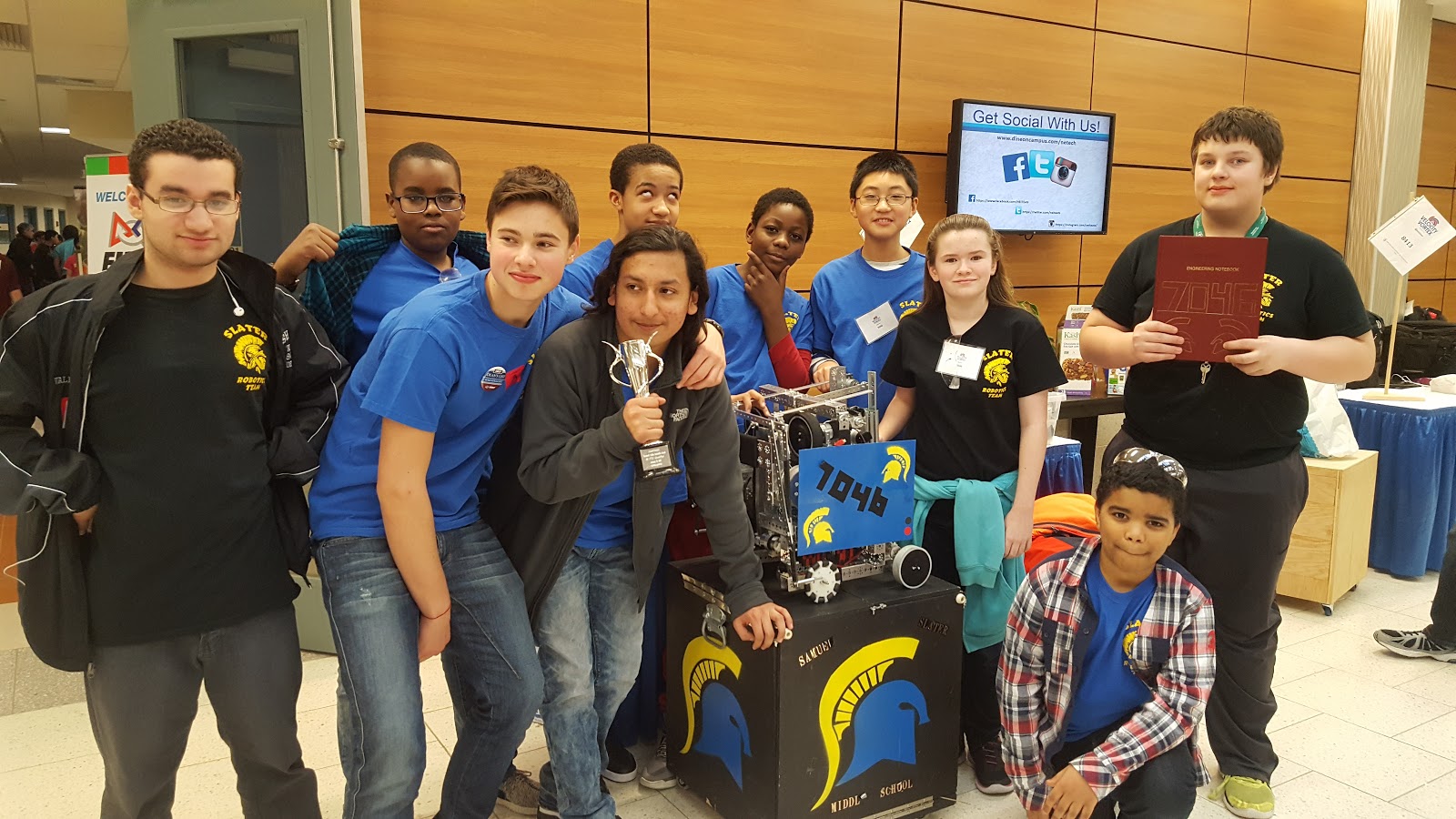narrative. Using google docs for journal quick writes
Madeline’s Narrative: Using
Google Classroom and Google Docs for Writing Notebooks
I grew up in the
70’s when Pong was the game of choice and before computers were readily used in
homes. In college, I used computers regularly for my course work. When I
graduated college in 1990, I purchased the newest Macintosh LC to begin my
graduate studies. It was the first computer I owned. 
In 2002 I left the California
sunshine for a different New England experience when my husband took a teaching
position at the Naval War College. After acclimating myself to the beautiful
New England summers and very cold winters--I worked on getting my California
certification reciprocated, took a Praxis test, and took two more courses for a
third certification in biology
I also acquired two more dogs
and had two more kids along the way to make a very full house of seven. My two youngest were not only born as native
Rhode Islanders, but they were also born as digital natives according to
Prensky, and think I am ancient when it comes to understanding technology. https://drive.google.com/file/d/0B-JcBFAuLc-0Z01KNkdIWjdsNk0/view
Yet, despite my digital immigrant
status, four years ago I started the first Robotics program at Slater Middle
school. As the Robotics coordinator, I learned that Robotics is an awesome way
to get kids engaged in digital technology through programming, designing,
building, and competing.! As Wesch would concur--by changing your student's’
physical space you can make learning more collaborative--but it was so much
more work--and I needed help. https://www.youtube.com/watch?v=SP7dbl0rJS0
Fortunately, my former students
came back to help me with this ever-growing robotics program and assisted me in
launching our district's first mentor program. Kids teaching kids changed my
world and reinforced Susan’s Patterson notion that the best way to learn--is to
teach. 
I believe that kids are smarter
than we think, that they have experiences different than our own, that they
love to share what they know, and that they can help us see things in ways we
may have never thought of before. As Turkle would defend--when having face to
face conversations with others, we converse with ourselves, which ultimately
provides us with a learning opportunity for self-reflection. http://www.nytimes.com/2012/04/22/opinion/sunday/the-flight-from-conversation.html?pagewanted=all
As part of the Robotics and
Science programs in my district, students are required to keep an engineering
notebook to write down daily thoughts, problems, or idea.
s. 

But students often lose these note
books either by taking them home and not bringing them back, or by not putting
them back in their classroom bins. This leaves them with nothing to refer to
when ready to present their final drafts. So how do we solve this science and
engineering notebook dilemma?
For four years now, I have been
struggling with how to help my students use their engineering notebooks more
efficiently so that their thoughts, ideas, designs and quick writes do not get
lost, or misplaced--never to be seen again.
In Robotics, I only have 25-30
engineering notebooks to manage, comment on, and provide feedback for. However,
when my district decided to take the same engineering notebook principals and
bring them into the science classroom, my job got significantly more
challenging as now I have 150 notebooks to keep safe, organized and flowing
efficiently.
Whether it’s an engineering
notebook or a scientific journal for quick writes and lab reflections, students
need to tell their story... but how? In the past I, have given students the
option to leave a space in their three ring binders for their notebook
worksheets, designs and reflections for those who lost their notebooks.
But this posed another problem because
now instead of having 150 small composition books, I had 150 varied types of
notebooks causing me to change the way I had to grade the notebooks from collecting
them--to walking around the classroom and grading them as they were working on
another task. Help!!!
My challenge is to incorporate
required engineering notebook principles where students can still record data
and draw their designs from the given labs into their notebooks, while at the
same time providing them with a separate digital tool for their free writes.
In the past I have used google
classroom so that students could post their writing tasks into their classroom
under the assignment link. This now posed another problem. How do I grade each individual quick write
along with all of their bigger projects and district writing tasks? https://classroom.google.com/u/1/h
I have decided to continue to
use their engineering notebooks only for their data sheets and designs. This way I can quickly flip through their
notebooks to make sure they have the required data that will help them with
their free writes.
I will also create a google
document so that they can make a copy to put their daily journal free write
entries in. This not only makes me a
techno-traditionalist by helping me to simplify the writing tasks, but is also
helps me to become more efficient in my practices, with respect to grading and
giving timely feedback.
Using both google classroom to organize their
writing tasks on a single document in a single location, is a techno-traditionalist
approach because it puts traditional paper to pencil free- writes into an
organized google document where feedback and updates can be done more
efficiently. Turkle would say that this allows my students to start
conversations that are of interest to them when they share their writings with
each other, with the class, and with me. https://classroom.google.com/u/1/c/MjY1MjA4ODA1Nlpa
I also plan to create a blog
where students can post their favorite ideas, designs and beliefs about their
learning experience--and by Wesch’s contention, would put the learning back
into the hands of the learner, and give me the opportunity to step back and let
my students lead the way. https://drive.google.com/file/d/0B-JcBFAuLc-0dUVXRjQzRDVPRFE/view
Of course, I have no idea
whether or not this modification of how I use google classroom, google
documents, and engineering notebooks will solve my efficiency problems, or
where these discussions will take us, but this is what it is like to be a techno-constructivists—accepting
that technology will likely change the way in which we learn
.Good or bad it will be an
interesting proposition to see how this will manifest in my classroom. As Prensky’s points out, kids simply process
information today differently than they did in other generations and It is our
job as teachers to be cognizant of this so that we can decide how best to teach
them in a way that is meaningful to them. https://www.youtube.com/watch?v=jRR76Mz9NII https://drive.google.com/drive/u/0/folders/0B6hTIkGSJOmAZUo4c2pRaTdfem8
Comments
Post a Comment